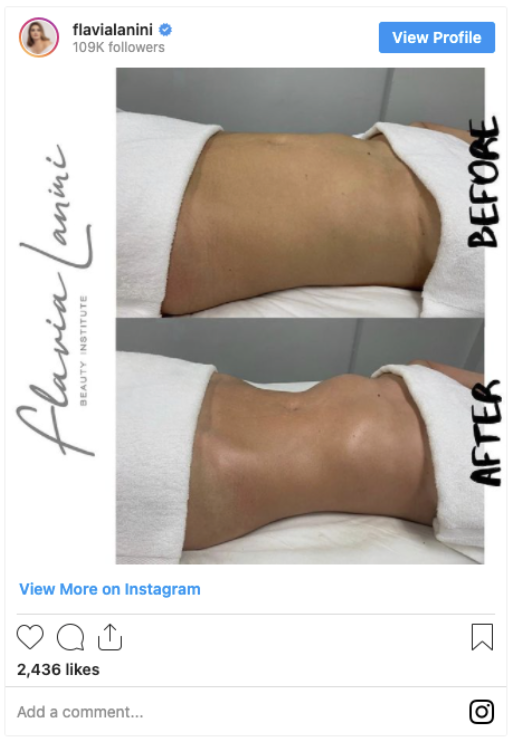Let’s play a little game. Which of these things is not like the other…
A young woman leaves an exhilarating yoga class, having stretched both body and mind. Cleansed and glowing, she strolls into her favorite plant-based cafe for lunch, still comfortably clad in her cute moisture-wicking spandex.
Did you spot it? The synthetic clothing!
In a world where more of us are making conscientious, nature-based lifestyle choices, we often don’t even think about the fibers we put on our skin. And, sheesh, it’s a lot to think about!
We can’t be perfect. But should we be paying more attention to the fabrics our clothes are made of?
Synthetic and natural fabrics have distinctly different environmental impacts. But today, we’re looking into whether those threads can also impact your comfort, skin, and overall health.
What We Know
First up, what are synthetic fabrics?
Synthetic fabrics are made from chemicals and fossil fuels such as thermoplastic, ethylene glycol, and perfluorochemicals. So basically anything not found in nature.
Here are some of their common names you might be familiar with:
- Synthetic fabrics: Rayon, spandex, microfiber, polyester, nylon, acrylic
- Natural fabrics: Cotton, linen, bamboo, silk, wool, cashmere, hemp, mohair
So back to the chemicals and fossil fuels…
The environmental impact of synthetics is obvious. But the personal impact?
Surprisingly few studies have been done to assess whether chemicals in clothing can penetrate and accumulate in our skin cells. (A bit absurd considering we spend virtually ALL of our time wrapped up in them…)
One 2018 study did demonstrate a significant risk of chemicals transferring from clothing to our bodies.¹ Other small animal studies have noticed hormonal changes due to polyester fabric.²
Here are some other concerns:
- Those synthetic “moisture-wicking” materials can actually make you sweat more (since they pull the sweat away before it can cool down your skin).
- The toxic chemicals used in production of synthetic fabrics can cause dermatitis, an allergic reaction, or a rash.³
- Synthetic materials are more likely to trap sweat and germs, creating the perfect environment for bacteria to grow. (Hello, smelly workout wear!)⁴
And here’s something to keep in mind: any type of fabric could be dyed and/or treated with formaldehyde resin (to combat wrinkling) — both of which can be irritating to your skin.⁵ Washing clothes before wear will help remove some of the chemicals (but people with sensitive skin could still react).
What We’re Still Learning
It’s been estimated that two-thirds of the fabrics we use contain plastic (!).
Trying to wear only natural fibers can be prohibitively expensive for most of us – not to mention unrealistic. And it gets even more complicated…
Toxic chemicals are often added to clothes after manufacturing, even ones made with natural fabrics like 100% organic cotton!⁶
Also, the manufacturing process of certain natural fibers, like bamboo, still releases toxic chemicals into the environment.
What’s a body to do? Other than go naked, of course.
The Bottom Line
As with all toxins we’re exposed to every day, awareness can go a long way. It’s our cumulative toxin load, made up of daily choices, that has the biggest impact on our health.
One t-shirt isn’t going to give you cancer, just like one doughnut won’t give you a heart attack.
So maybe your choice is to keep all other areas of your life super healthy, and fabrics are just too difficult to police. That’s okay! But if you are looking to minimize the potential harm from synthetic fabrics, we have some ideas below…
How do I get started?
| Toes In |
|
| Waist Deep |
|
| Full Immersion |
|





